‘Inappropriate’ books incite arguments over content suited for children
Claire White (‘23) pulls “The Catcher in the Rye” by J. D. Salinger from the array of banned books in Mrs. Houseknecht’s room. Salinger’s novel was removed from curriculum in Summerville, SC in 2001 due to parent complaints about the “filthy, filthy book.”
March 11, 2022
In the past two months, state legislatures and politicians in Tennessee, Oklahoma and Texas re-popularized banning books in curricula due to their content. Books can be placed on a watch list if their content is deemed too mature to be used in schools, such as nudity, profanity or violence. Some parents and school administrations worry that including these books in curriculum will encourage students to engage in inappropriate activities.
“If something is being taken out of context by students or faculty in a school area, that needs to be stopped, however we shouldn’t stop talking about certain important subjects just because they are uncomfortable,” Megan Jenkin (‘22) said.
Many novels taught in Hereford High English classes have been considered controversial in previous years. The list includes “To Kill a Mockingbird” by Harper Lee, “The Great Gatsby” by F. Scott Fitzgerald, “Lord of the Flies” by William Golding. All levels of the BCPS 9th grade curriculum requires reading “To Kill a Mockingbird,” which contains slurs, profanity and mature content.
“Using racial slurs in the book proves how bad [discrimination] was at the time and place the book was set,” Lily Walton (‘25) said. “If ‘To Kill a Mockingbird’ were to be banned, we wouldn’t learn as much about the civil rights movement.”
Popular YA books like “The Hunger Games” by Suzanne Collins and “Looking for Alaska” by John Green were called into question over insensitivity and offensive language. Even the Harry Potter series garnered negative attention in 2019 for containing witchcraft and actual curses.
In 2021 and 2022, a majority of these ‘explicit’ or ‘offensive’ books are those that include information about racism, religious minorities’ history, sex education and LGBTQIA+ characters. “George” by Alex Gino was restricted in 2021 for content involving a transgender character and sexual identity. “Maus” by Art Spiegelman tells the story of Holocaust-surviving parents’ experiences and was challenged for curse words and upsetting (and true) details from the antisemitism that occurred in the 1940’s. Despite the mature content, a lot of people believe these modern pieces of literature contain information that is necessary to learn. Censoring children’s books can hinder world views and foster narrow-minded individuals.
Maryland has not been excluded from this heated discussion. In St. Mary’s County, a public library created a display of challenged books for patrons to borrow, which angered many residents. At Hereford, English teachers have been prompting conversations about banned books and some are even having students read a restricted book. Mrs. Jennifer Houseknecht’s AP Language and Composition classes are reading current articles about book banning from sources across the political spectrum and researching the main arguments behind banning books or not. Students will then choose a book from the ALA’s list of the most challenged books from 2010-2019 and after reading, write an argumentative essay on whether the book should be a part of the curriculum.
For a list of books banned around the country and their disputed history, visit https://www.ala.org/advocacy/bbooks/frequentlychallengedbooks/classics .

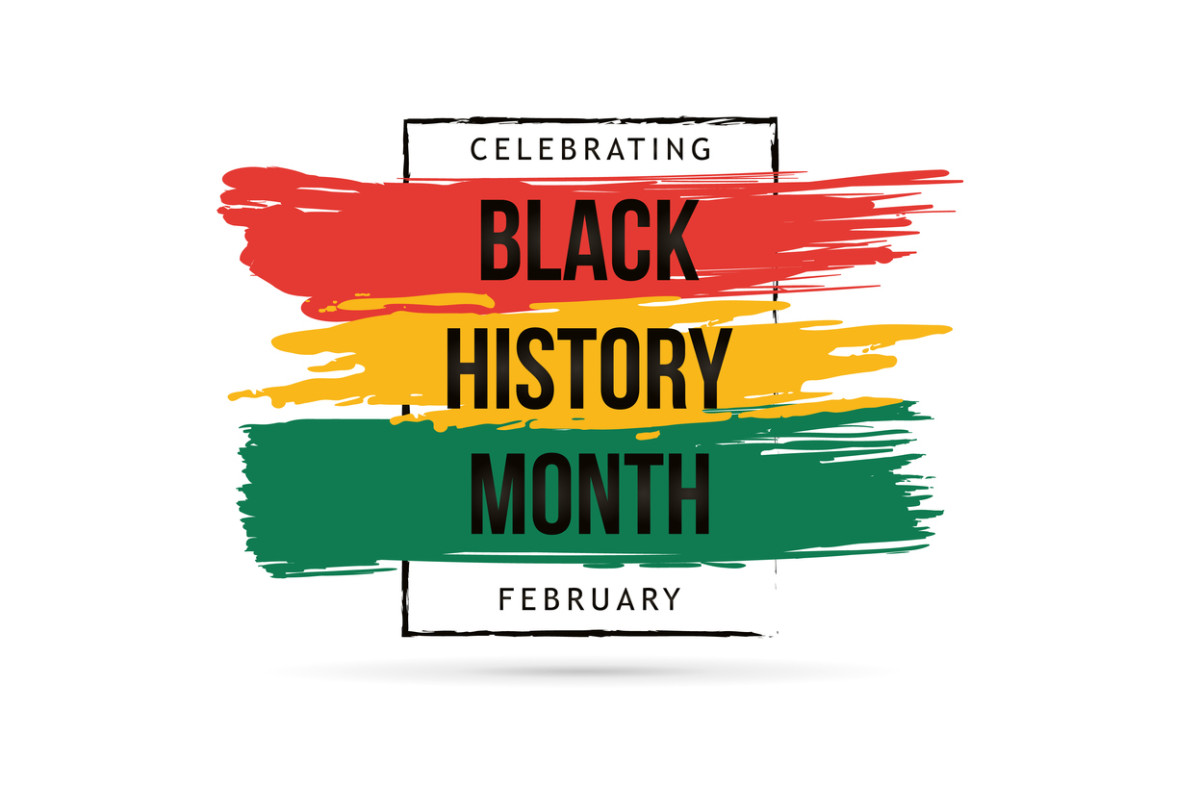


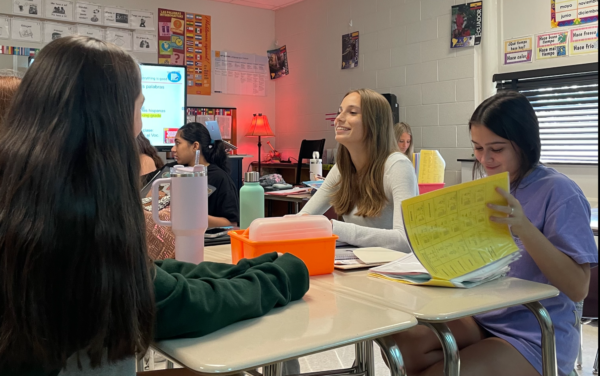
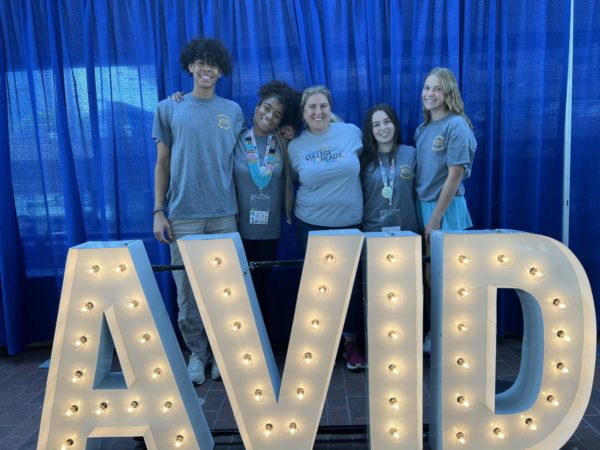

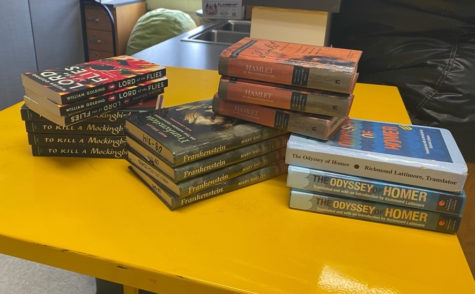
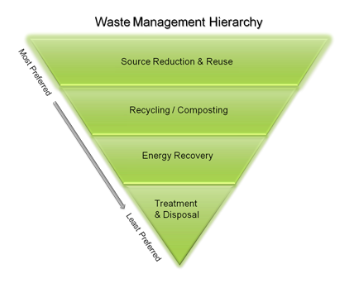
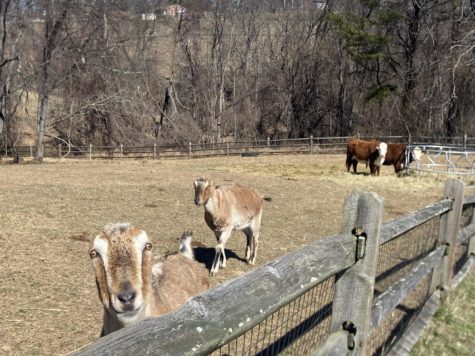

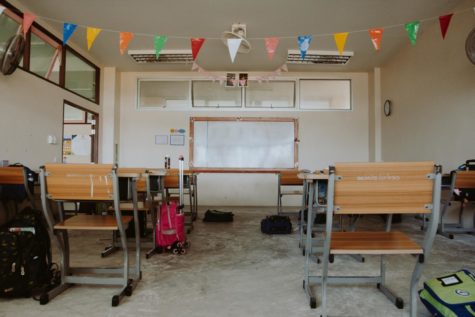
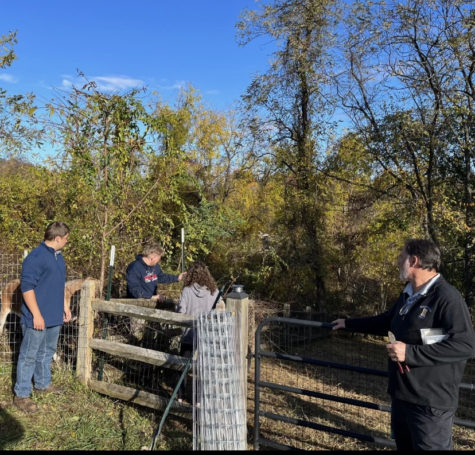
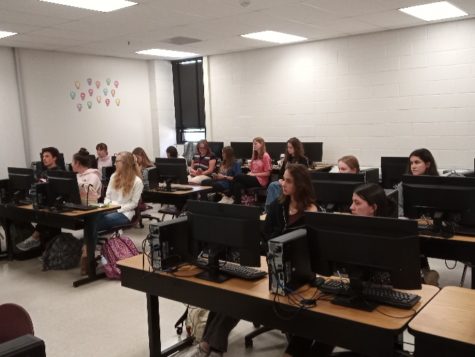
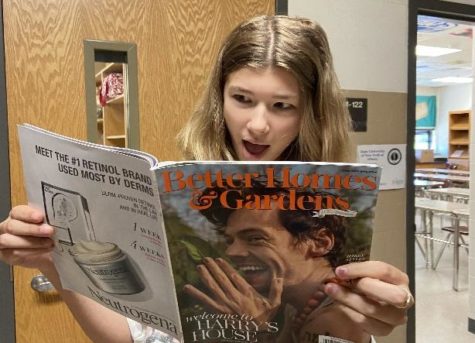
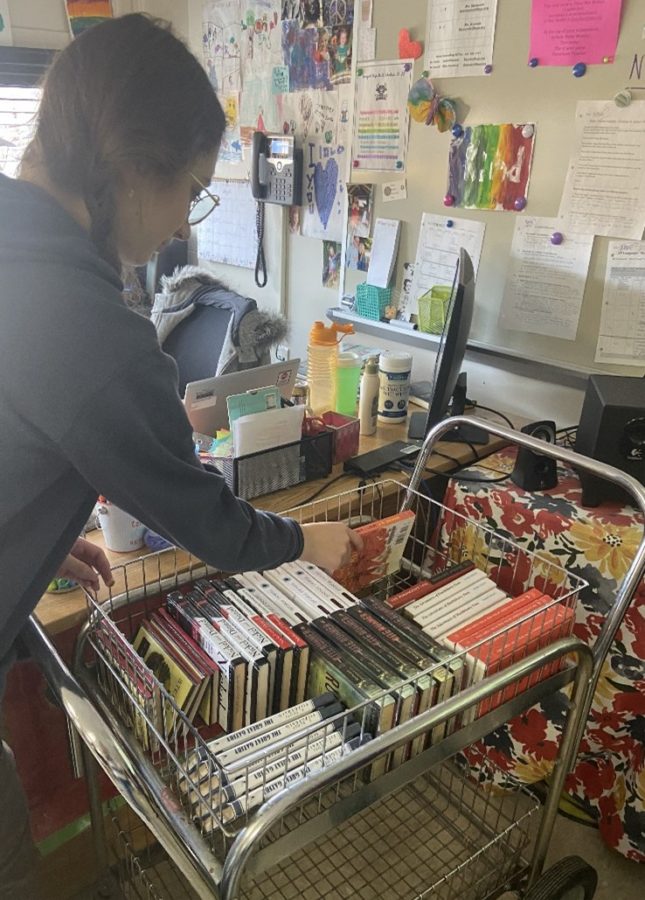
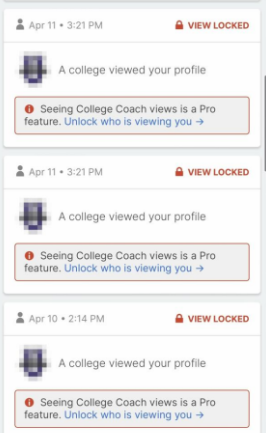

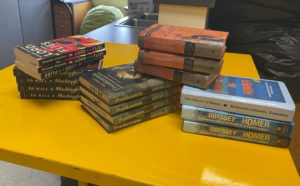


Mac • Apr 20, 2023 at 10:08 pm
As avid readers my wife and I have grown increasingly frustrated with the quality of content being churned out by book publishers over the last 20 years. The last few years, as noted in the article, have been exceptionally frustrating…inspired by this lack of quality content that is often riddled with propaganda or content that is NOT appropriate for young readers we decided to launch a simple book screening website: screenitfirst
We’re still crunching through the final bits of testing but hope to be fully launched by late Spring 2023.
We promote informed decision-making by adults for children’s book choices, without endorsing book banning or censorship, and our community identifies potentially offensive content for your consideration.